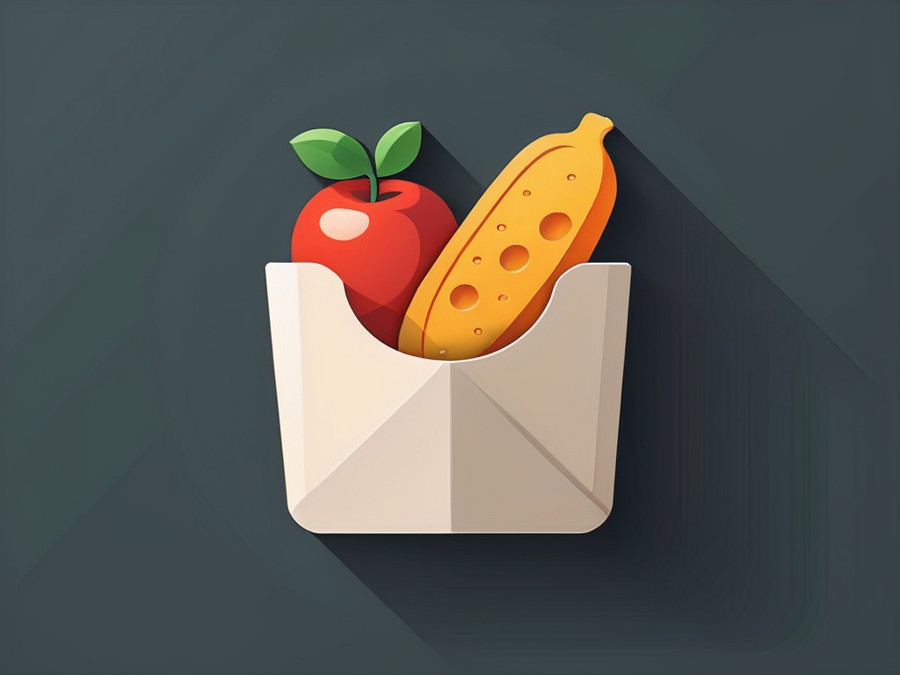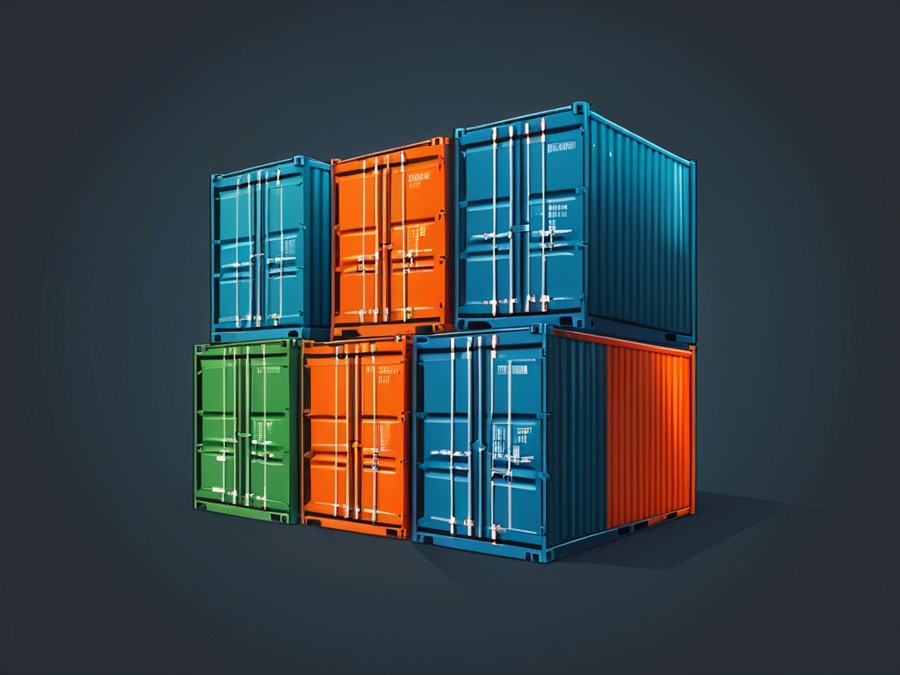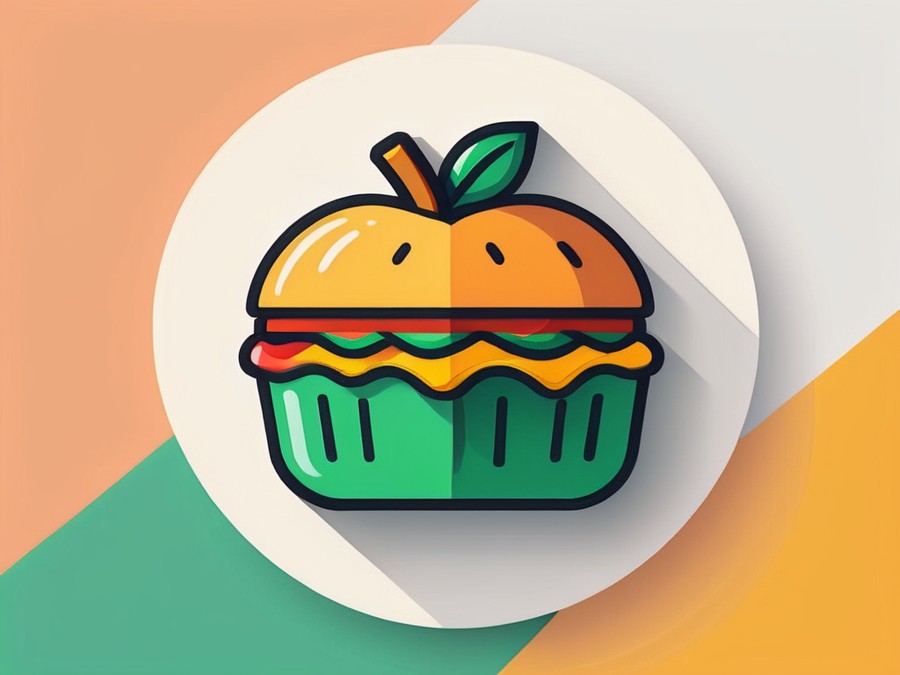· Isabella Scott · Food Storage Solutions · 5 min read
How to Store Large Quantities of Food While Maintaining Freshness and Quality
This article contains affiliate links, which means that if you click on one of the product links and make a purchase, we may receive a small commission at no additional cost to you. We only recommend products and services that we believe in and think will add value to our readers.
Discover expert tips on storing large quantities of food while preserving freshness and quality. Learn about vacuum sealing, proper freezer techniques, and effective pantry management to keep your food fresh longer.

Introduction: The Quest for Perfect Food Storage Solutions
Home cooks, food preparers, and meal planners often face the challenge of storing large quantities of food while maintaining freshness and quality. Whether you’re preparing for a family gathering, meal prepping for the week, or simply trying to reduce food waste, finding effective storage solutions is crucial. In this article, we’ll explore common problems associated with food storage and introduce a product that can help solve these issues. We’ll also delve into how to use it effectively, providing step-by-step instructions and scenarios where it excels. Let’s dive into the world of food storage solutions.
Common Problems in Food Storage
Loss of Freshness and Quality Over Time
One of the most significant challenges is maintaining freshness and quality over time. Foods can lose their flavor, texture, and nutritional value if not stored properly. For instance, fruits and vegetables can wilt or become overripe quickly, while meats and dairy products can spoil if not kept at the right temperature.
Space Constraints in Storage Areas
Another issue is space constraints. Many households struggle with limited storage areas, making it difficult to store large quantities of food without compromising quality. This can lead to overcrowded pantries and refrigerators, where items are often forgotten or overlooked.
Food Waste Due to Inadequate Storage Methods
Inadequate storage methods can also result in significant food waste. Foods that are not sealed properly or stored at the wrong temperature can spoil quickly, leading to unnecessary waste and financial loss.
Introducing Syntus Vacuum Sealer Bags: A Game-Changer in Food Storage
To address these challenges, the Syntus Vacuum Sealer Bags (available here) offer a practical solution. These bags come in various sizes, including 150 Gallon (11” x 16”), Quart (8” x 12”), and Pint (6” x 10”) sizes, making them versatile for different storage needs.

How to Use Syntus Vacuum Sealer Bags
- Prepare Your Food: Ensure your food is clean and dry before placing it in the bag.
- Seal the Bag: Place the food inside the appropriate size bag, remove as much air as possible using a vacuum sealer, and seal it tightly.
- Store Properly: Store the sealed bags in a cool, dry place or in your refrigerator/freezer depending on the food type.
Pros and Cons According to Reviews
Pros
- Versatile Sizes: The variety of sizes allows for customizable storage options.
- BPA-Free Material: Ensures safety and quality, making it suitable for food storage.
- Durable Construction: The bags are designed to withstand repeated use, making them cost-effective.
Cons
- Initial Setup Cost: The initial investment in a vacuum sealer can be high.
- Learning Curve: Some users find it takes time to get used to the sealing process.
- Bulk Storage: The larger bags can take up significant space in storage areas.
Who Would Benefit from Syntus Vacuum Sealer Bags?
- Home Cooks: Perfect for meal prepping and storing leftovers.
- Food Preparers: Ideal for commercial kitchens looking to reduce waste.
- Meal Planners: Great for storing large quantities of food for extended periods.
Scenarios Where Syntus Vacuum Sealer Bags Excel
Scenario 1: Meal Prepping for the Week
Imagine preparing a week’s worth of meals in advance. Using Syntus Vacuum Sealer Bags, you can store each meal separately, ensuring freshness and quality until it’s time to eat.
Scenario 2: Storing Bulk Purchases
If you buy food in bulk, these bags can help maintain freshness and quality. For example, storing large quantities of meat or produce in vacuum-sealed bags can extend their shelf life significantly.
Scenario 3: Long-Term Storage
For long-term storage needs, such as preparing for emergencies or seasonal changes, these bags can help preserve food quality over extended periods.
Step-by-Step Instructions for Using Syntus Vacuum Sealer Bags
- Prepare Your Food: Ensure it is clean and dry.
- Place in Bag: Choose the appropriate size bag based on your food quantity.
- Seal with Vacuum Sealer: Use a vacuum sealer to remove air and seal the bag.
- Store Properly: Place in a cool, dry area or refrigerator/freezer as needed.
Quick Takeaways
- Versatile Storage Options: Syntus Vacuum Sealer Bags come in various sizes for customizable storage.
- BPA-Free and Durable: Ensures safety and longevity of the bags.
- Reduces Food Waste: Helps maintain freshness, reducing spoilage and waste.
Conclusion
Storing large quantities of food while maintaining freshness and quality is a common challenge for many. The Syntus Vacuum Sealer Bags offer a practical solution, providing versatile storage options and reducing food waste. Whether you’re a home cook, food preparer, or meal planner, these bags can make your life easier and more efficient. Invest in a vacuum sealer and start preserving the quality of your food today.
FAQs
1. How do vacuum sealer bags help maintain freshness?
Vacuum sealer bags remove air, preventing oxidation and extending the shelf life of food.
2. Can I use vacuum sealer bags for all types of food?
Yes, they are suitable for a wide range of foods including fruits, vegetables, meats, and dairy products.
3. How do I clean vacuum sealer bags?
Wash them with soap and water, then air dry before reusing.
4. Are vacuum sealer bags reusable?
Yes, they are designed for multiple uses, making them cost-effective.
5. How do I choose the right size vacuum sealer bag?
Select based on the quantity of food you need to store, with options for small and large batches.
Engage: Share Your Food Storage Tips
We’d love to hear your thoughts on food storage and how you maintain freshness. Share your tips in the comments below!




